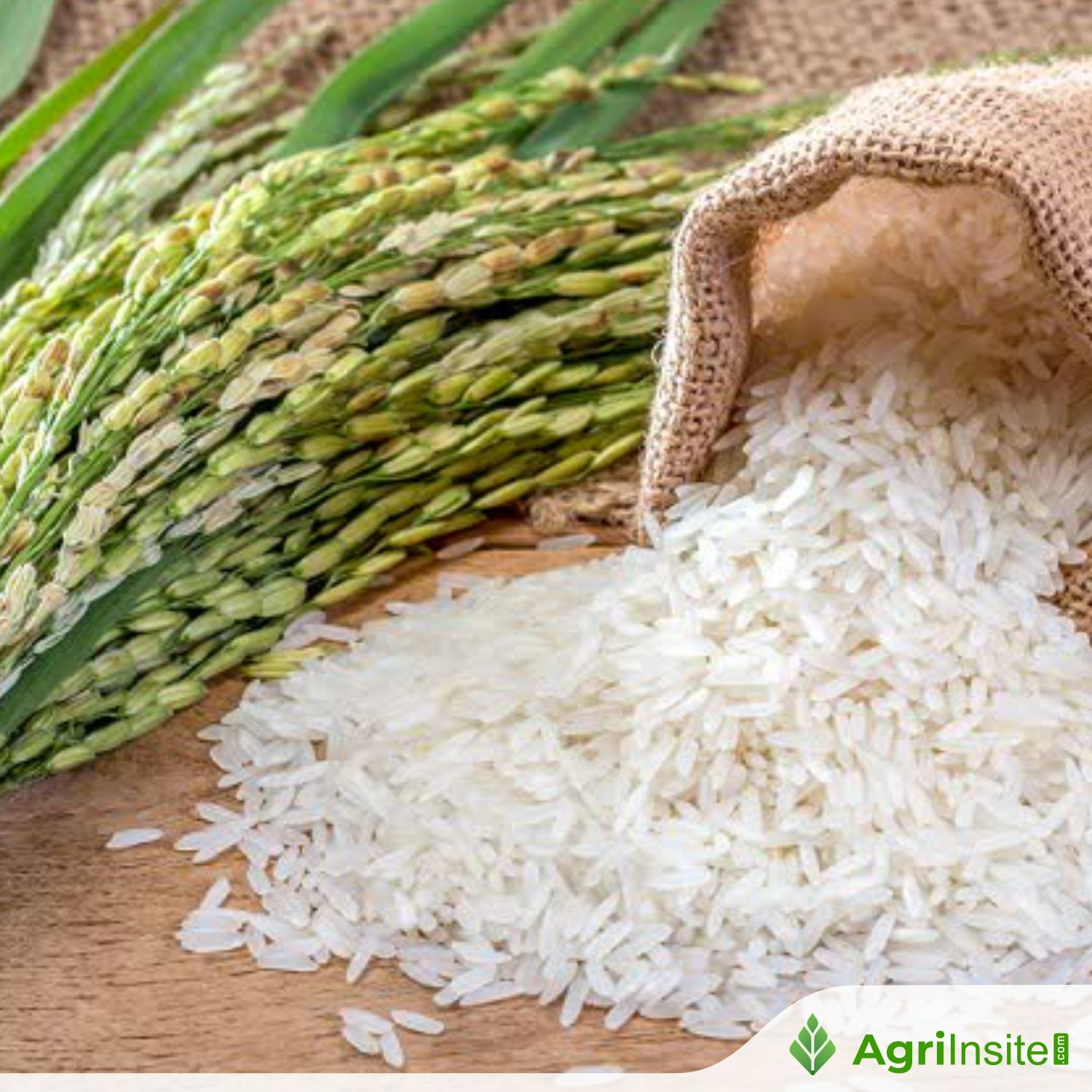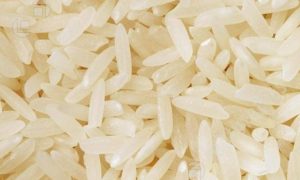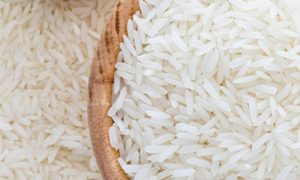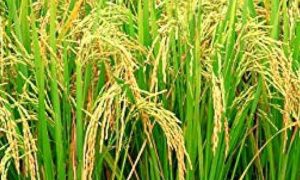Centre likely to ease export curbs on rice with international prices set to cool

The Indian government may consider lifting the export ban on rice due to cooling international prices and an expected good crop. India, the world’s largest rice exporter, imposed the ban in July 2023 to manage domestic supply and prices. With favorable monsoon rains and increased sowing of major food crops, the government might ease restrictions soon. A review by a group of ministers is anticipated.
The government could take a call on withdrawing the export ban on rice with international prices now seen to be cooling and a good crop expected.
“Even if curbs are lifted, the availability of rice for next year will not be affected, because international prices have also cooled down. We are also expecting a very good rice crop,” noted a source, adding that this could lead to at least part of the curbs on rice exports being withdrawn.
India is the world’s largest rice exporter and the government had in July last year imposed a ban on non-basmati rice in order to ensure adequate domestic supplies and cool prices. A minimum export price of $950 per tonne was also imposed on long grain Basmati rice and a 20% export duty was also levied on parboiled rice. According to sources, the government may take a call on all these restrictions soon.
Recently, Union Minister for Consumer Affairs, Food and Public Distribution Pralhad Joshi is reported to have also said that the government may relax the export ban on non-basmati rice. A group of ministers is also expected to meet shortly to review this issue.
The comfort to the government has come from the fact that monsoon rains have been good this year. According to latest reports, the cumulative rainfall as on August 30 was 7% above the long-term average (LTA), while weekly rainfall (as on August 28) was 44% above LTA.
At 106.5 million hectare as on August 23, total sown area is 2% higher YoY. This is mainly due to healthy sowing of most major food crops — rice: (39.4 million hectare; 4% YoY), pulses (12.2 million hectare; 6% YoY), coarse cereals (18.6 million hectare; 5% YoY), and oilseeds (18.8 million hectare; 1% YoY), said a report by Emkay Global Financial Services.
To read more about the news about the Rice News continue reading Agriinsite.com















